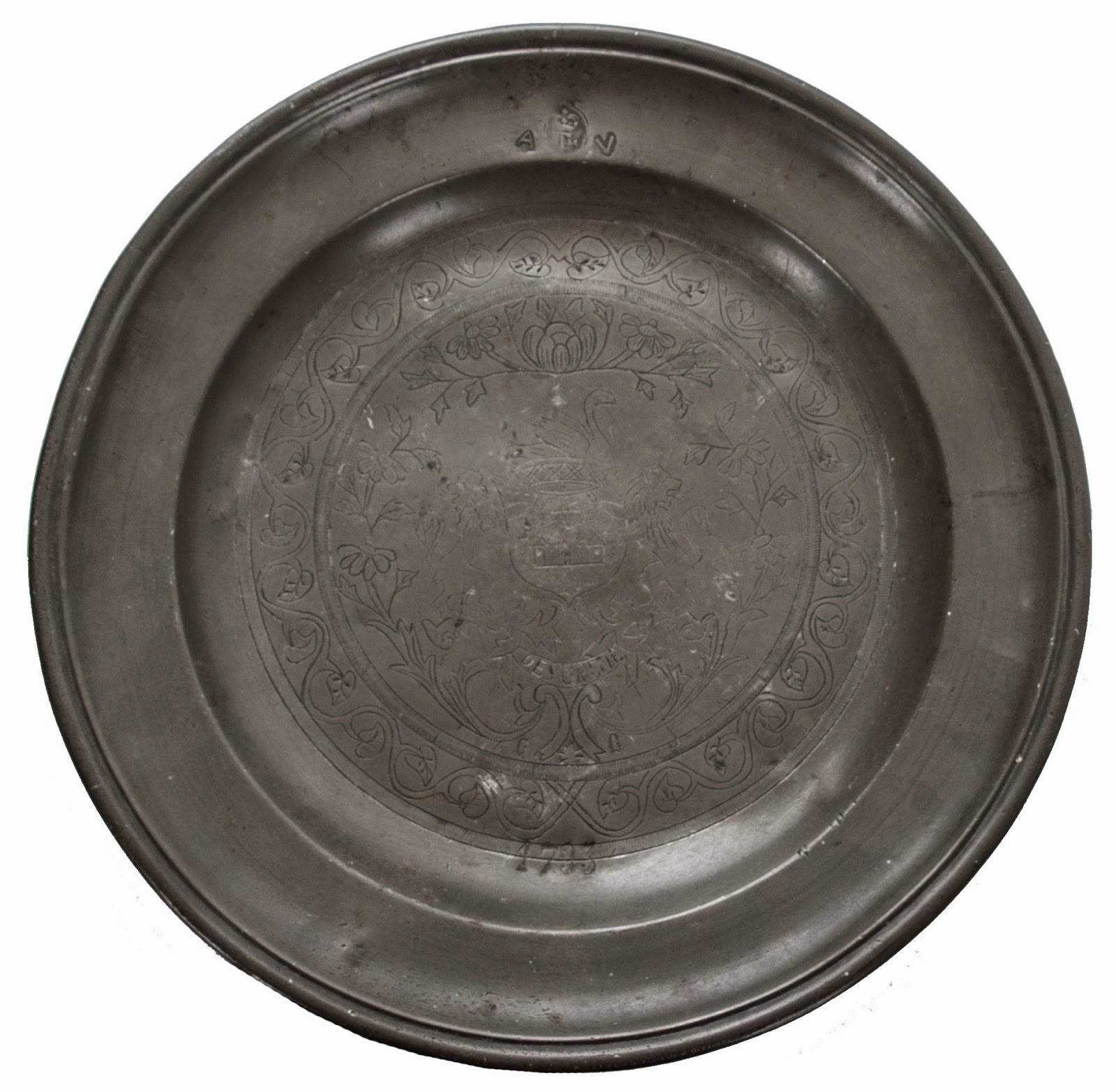What is Brass?
Brass = Copper + Zinc
 |
| Brass Key |
It is used in a wide variety of things: doorknobs, musical instruments, zippers, gears, locks, plumbing, electrical components, ammunition casings, as well as jewelry. It has a relatively low melting point and is easy to cast.
Today, almost 90% of brass is recycled. Since it's non-magnetic, it's easy to separate brass from other metals.
Adding aluminum to brass makes it corrosion resistant. Tin also adds corrosion resistance and is used in seawater applications (naval brass).
Exposure of brass to ammonia will result in "stress corrosion cracking". I can vouch for this myself---I tried adding a patina to a brass locket by exposing it to ammonia for a day, and the hinge completely dissolved!
Brass is often coated with oil to protect it from corrosion.
What is Bronze?
Bronze = Copper + Tin
 |
| Rodin's "The Thinker" |
Bronze is widely used in cast sculptures, and due to its corrosion resistance, is used in naval propellers, fittings, and bearings.
What is Pewter?
Pewter = Tin + Copper
Pewter is a grey alloy of Tin plus Copper. It is between 85-99% tin. Pewter that has a bluish tint is Tin alloyed with Lead, although this is uncommon today. The earliest piece of Pewter found was in an Egyptian tomb from about 1450 BC.
 |
| Pewter Plate, French, 1793 |
Today, pewter is mostly used in decorative objects, pendants, and replica coins.
 |
| Cassiterite with Tin |
What is Tin?
Tin is a silvery-white metal found on the Periodic Table with the atomic number 50. It is highly resistant to water corrosion and is used to plate other metals. Tin is the 49th most abundant element in the Earth's crust. Tin must be extracted from other ores, mainly Cassiterite.
Today, about 50% of all tin is used in solder, and the other half used in the production of brass and bronze, and tin plating. of objects such as steel whistles (tin whistles), and steel cans (tin cans). It is also used in Li-ion batteries.